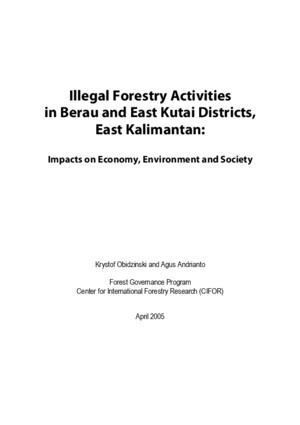Guidelines District Cooling
There is document - Guidelines District Cooling available here for reading and downloading. Use the download button below or simple online reader.
The file extension - PDF and ranks to the Documents category.
Tags
Related
Comments
Log in to leave a message!
Description
Download Guidelines District Cooling
Transcripts
Guidelines How to approach District Cooling January 2014 DISCLAIMER AREA does not assume liability for any statements made in this paper or any actions taken by its readers or users, which may cause unintended damage or injury as a result of any recommendations or inferences made within this paper Please always refer to relevant applicable legislation Although all statements and information contained herein are believed to be accurate and reliable, they are presented without guarantee or warranty of any kind, expressed or implied This paper limits itself to presenting district cooling and its characteristics in a general and neutral manner and without taking position Guidelines – How to approach District Cooling Page - 2 of 14 CONTENT 1 Introduction 3 2 The history of District Cooling 3 21 District Cooling development in Europe 4 3 How does District Cooling work? 5 31 General 5 32 District Cooling systems 5 33 Production of District Cooling 6 4 Why choose District Cooling? 8 41 Benefits for society 8 42 Influencing factors – when is district cooling competitive? 11 43 Competitiveness of District Cooling vs conventional A/C system 14 Guidelines – How to approach District Cooling Page - 3 of 14 1 Introduction District cooling has been a commercial alternative to traditional A/C and refrigeration technologies since the mid-90s It started on a small scale in Sweden and France but spread after just a few years to all Western Europe, and must now be considered as a very strong competitor in most European countries A District Cooling system can be based on one, or most often several of the following technologies: Electricity-driven mechanical chillers Absorption or adsorption chillers driven by District Heating or waste heat Free cooling from air, water or geothermal energy District cooling operators are very often backed up by strong financiers such as energy companies, municipalities or large industry conglomerates Local ACR contractors therefore experience difficulties in getting their voice and arguments heard when debating the pros and cons of local vs centralised ACR systems This guideline is produced in order to support local ACR contractors in their work by presenting how DC planners and operators think, act and argue for their technology “District cooling is considered to be all forms of cooling in which the cooling production is centrali sed, and the product is offered to a broader market” “The main idea of district cooling is to use local sources for cooling that would otherwise be wasted or not used, in order to offer the local market a competitive and highly efficient alternative to the traditional solutions ” Quotes from one major district cooling actor 2 The history of District Cooling District cooling has its roots in the early 1800s when plans were made to distribute clean, cold air to buildings through underground pipes It is not known if these plans were actually carried out, and district cooling was not introduced on a practical level until the Colorado Automatic Refrigerator Company was established in Denver in 1889 Many of the earlier systems used ammonia and salt water to freeze meat and cool buildings used by the public such as restaurants, theatres etc In the 1930s large cooling systems were built in the Rockefeller Centre in New York City and the United States Capitol buildings 1960s First commercial district cooling systems were installed in the USA in commercial areas near cities 1967 Europe obtained its first district cooling system Climadef began supplying district heating and cooling to the La Défense office complex in Paris 1989 Scandinavia obtained its first district cooling system in Baerum outside Oslo 1992 Västerås Energi Production initiated the production of district cooling in Sweden 1995 District cooling was successfully established in Stockholm Only 5 years later this system was one of the largest, most environmentally compatible and energy-effective in the world Sweden’s district cooling potential, estimated in the 1990s on a national scale, had already been surpassed The amount of energy per year doubled at the outset, and it currently appears that growth will continue at a rate of about 20% per year Not many business fields can currently match this rate of growth District cooling has been of the highest quality since it was introduced This is due to it being able to draw upon more than 50 years of technical development related to the production of district heating and distribution in Sweden In 2002, district cooling was supplied to about 500 customers, with an energy output of almost 500 GWh in Sweden alone
Recommended















